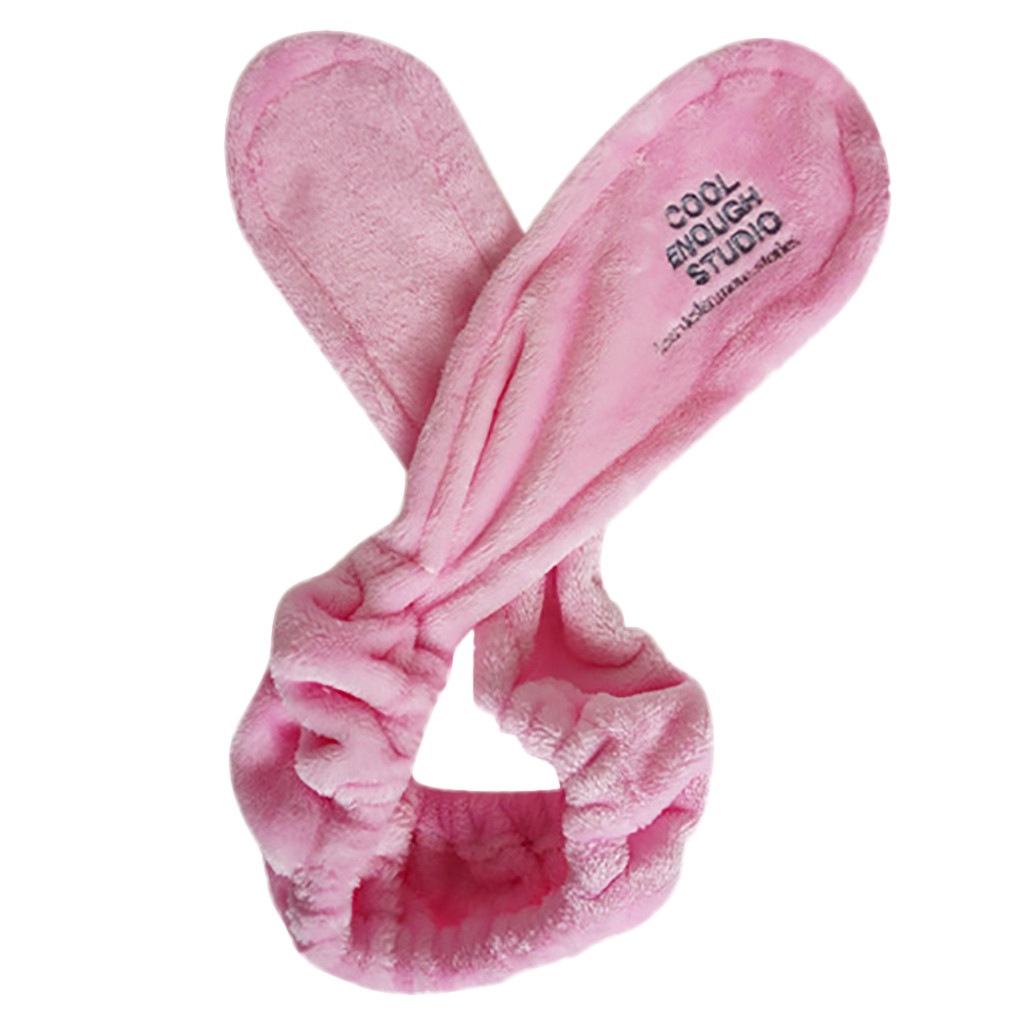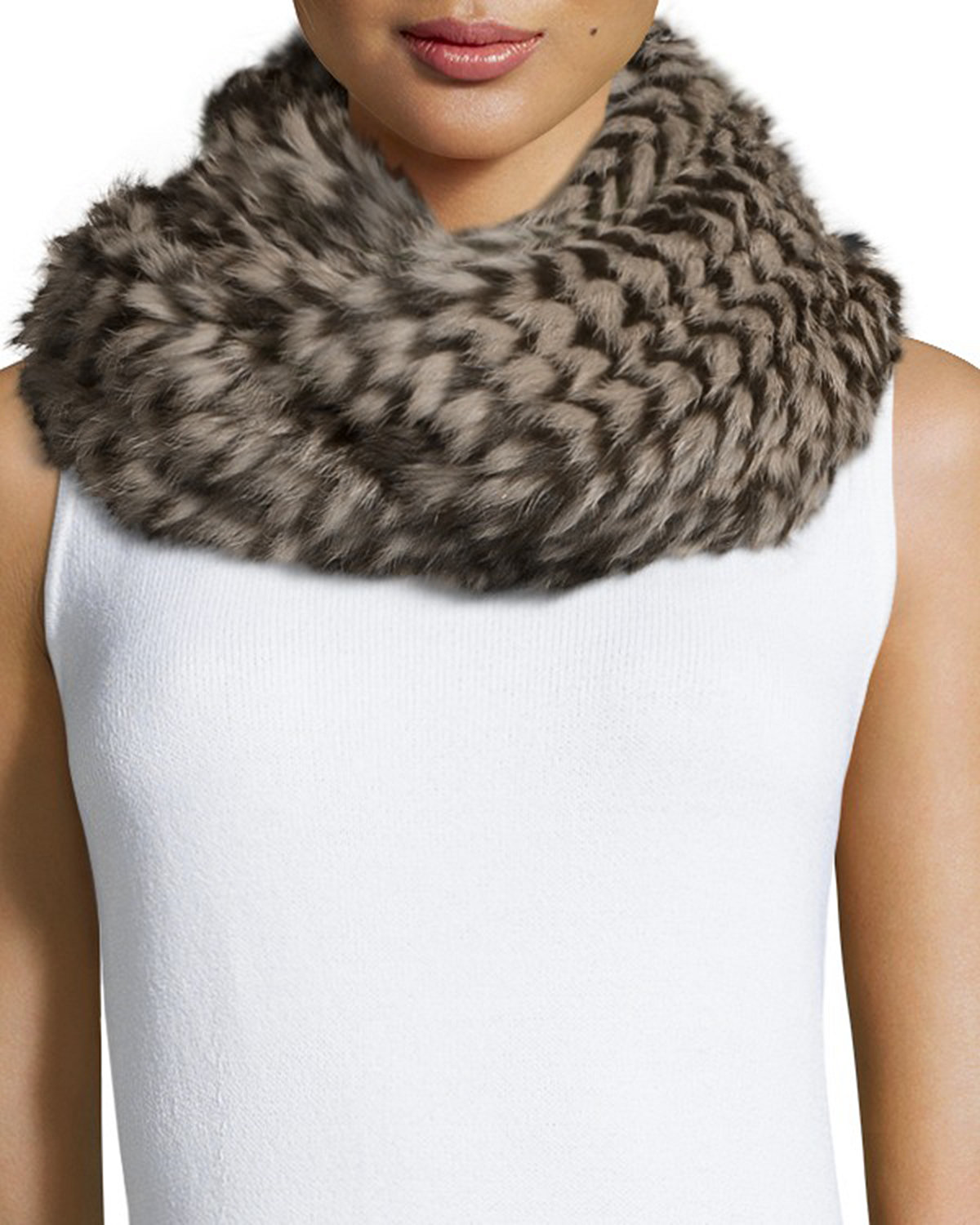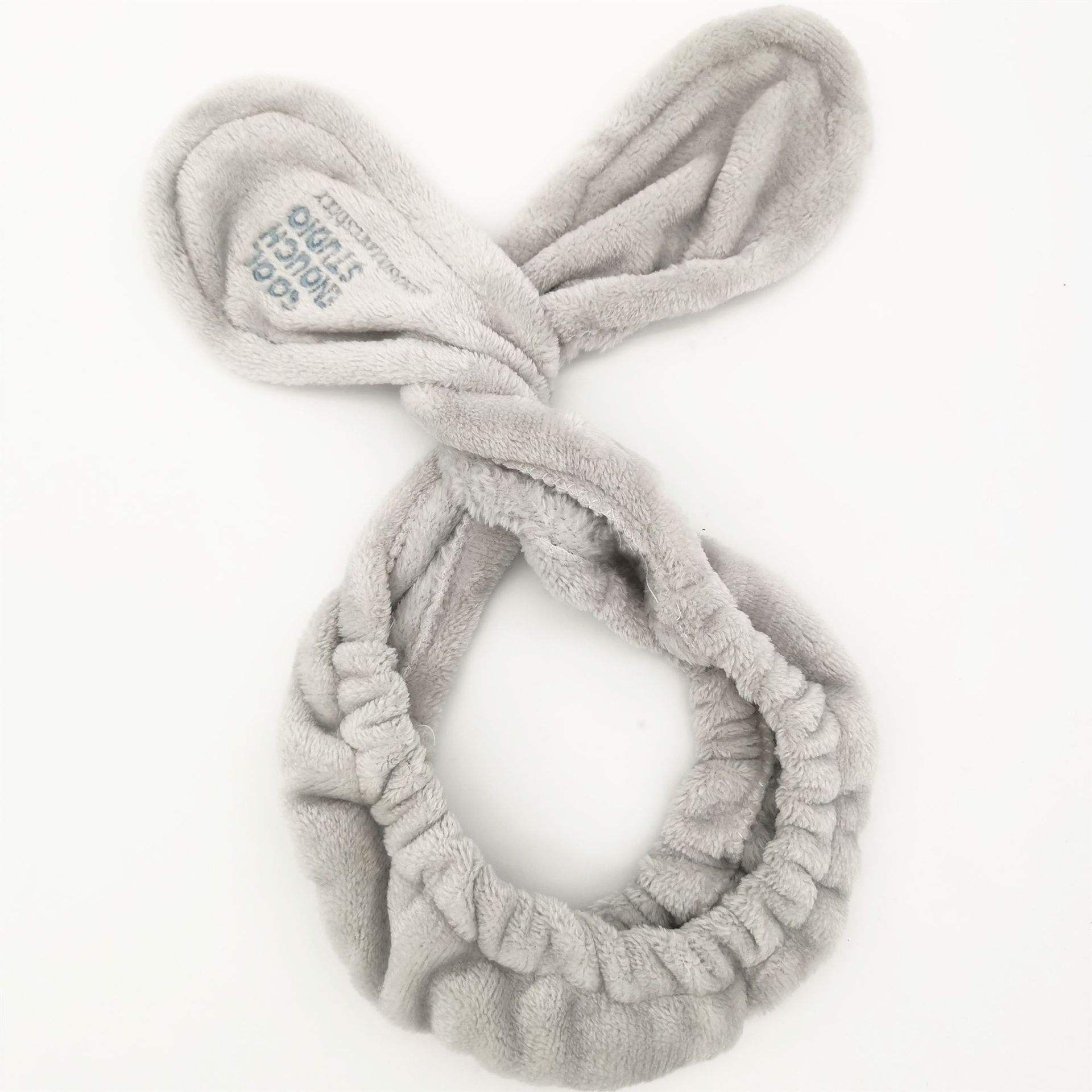Title: How to Clean a Rabbit Hair Scarf
Rabbit hair scarves are a beautiful and elegant accessorie that can add a touch of luxury to any outfit. However, they require special care when it comes to cleaning. Here's how to clean a rabbit hair scarf:1. **Prepare the scarf**: Remove any dust or dirt by gently brushing it with a soft brush. Remove any labels or trims that may be attached.2. **Choose the right detergent**: Use a mild, pH-neutral detergent specifically designed for delicate fabrics. Avoid using harsh chemicals or high-temperature water, as these can damage the scarf's texture and color.3. **Soak the scarf**: Submerge the scarf in warm water with the detergent. Allow it to soak for 5-10 minutes, being careful not to stretch or wrinkle it.4. **Gently clean**: Using your hands or a soft cloth, gently rub any stains or dirt spots in circular motions. Avoid scrubbing too hard, as this can damage the fibers.5. **Rinse and repeat**: Once the scarf is clean, rinse it under running water until the water runs clear. If necessary, repeat the cleaning process.6. **Drying**: Gently squeeze out excess water and lay the scarf flat to dry. Avoid using a hair dryer or tumble dryer, as this can shrink or damage the fabric.7. **Storage**: Once the scarf is completely dry, store it in a cool, dry place away from direct sunlight to prevent yellowing.By following these steps, you can ensure that your rabbit hair scarf remains clean and in good condition for many years to come.
Rabbit hair scarves are a popular choice for their soft, warm, and elegant qualities. However, their delicate nature requires special care when it comes to cleaning. Improper cleaning techniques can damage the scarf, ruin its texture, and even cause it to shrink. Therefore, it is essential to follow a careful and specific cleaning process to ensure the longevity and beauty of your rabbit hair scarf.
Before washing, it is crucial to prepare the scarf and the cleaning solution. Fill a small basin or sink with cold water and add a mild shampoo or conditioner specifically designed for delicate fabrics. Avoid using harsh soaps or chemicals that can damage the scarf’s fibers.
Gently dip the scarf into the water, making sure to saturate all areas. Avoid rubbing or scrubbing the material, as this can cause the fibers to split or fuzz. Gently squeeze or pat the scarf to remove excess water, being careful not to twist or wring it.
Once the scarf is damp, take it out of the water and place it on a flat surface. Use a soft-bristled brush or a clean cloth to gently remove any dirt or debris. Be extra careful around the edges and tassels, as these areas are more prone to collecting dirt.

Once the scarf is cleaned, rinse it under running water, ensuring that all soap residue is removed. Then, gently squeeze or pat the scarf again to remove excess water. Avoid twisting or wringing it, which can damage the fibers.
Next, it’s time to dry the scarf. The best way to do this is to shape it and let it air dry. Avoid using a hair dryer or other heat sources, as this can damage the fibers and cause the scarf to shrink. Also, be careful not to expose the scarf to direct sunlight for extended periods, as this can cause it to fade.

Finally, once the scarf is completely dry, you can use a soft brush or cloth to remove any remaining lint or dust. This will help keep your scarf looking its best.
It is recommended to clean your rabbit hair scarf at least once a week, especially if you wear it often. This will help keep it looking its best and ensure that it remains soft and warm. By following these simple steps, you can easily clean and maintain your rabbit hair scarf, ensuring that it remains a treasured part of your wardrobe for years to come.

Articles related to the knowledge points of this article:
Title: Mastering the Art of Tie Knots: A Step-by-Step Guide to Tying a Necktie
Gray Tie: An Ode to the Subtle and Symbolic Tie
The Dream of Wearing a Down Jacket
Title: Mastering the Windsor Knot: A Comprehensive Guide to Tie Knots
The charm of loose-fitting jackets
Title: The Perfect Tie to Match Your Wedding Dress: A Comprehensive Guide



